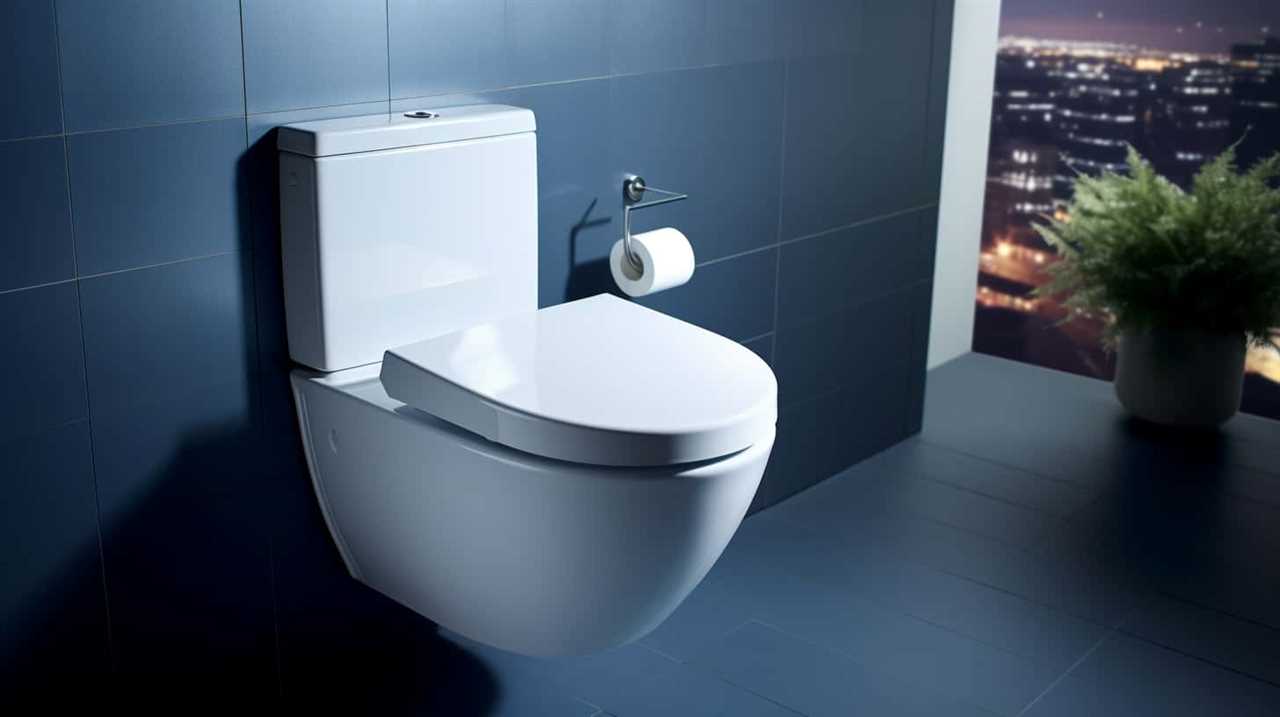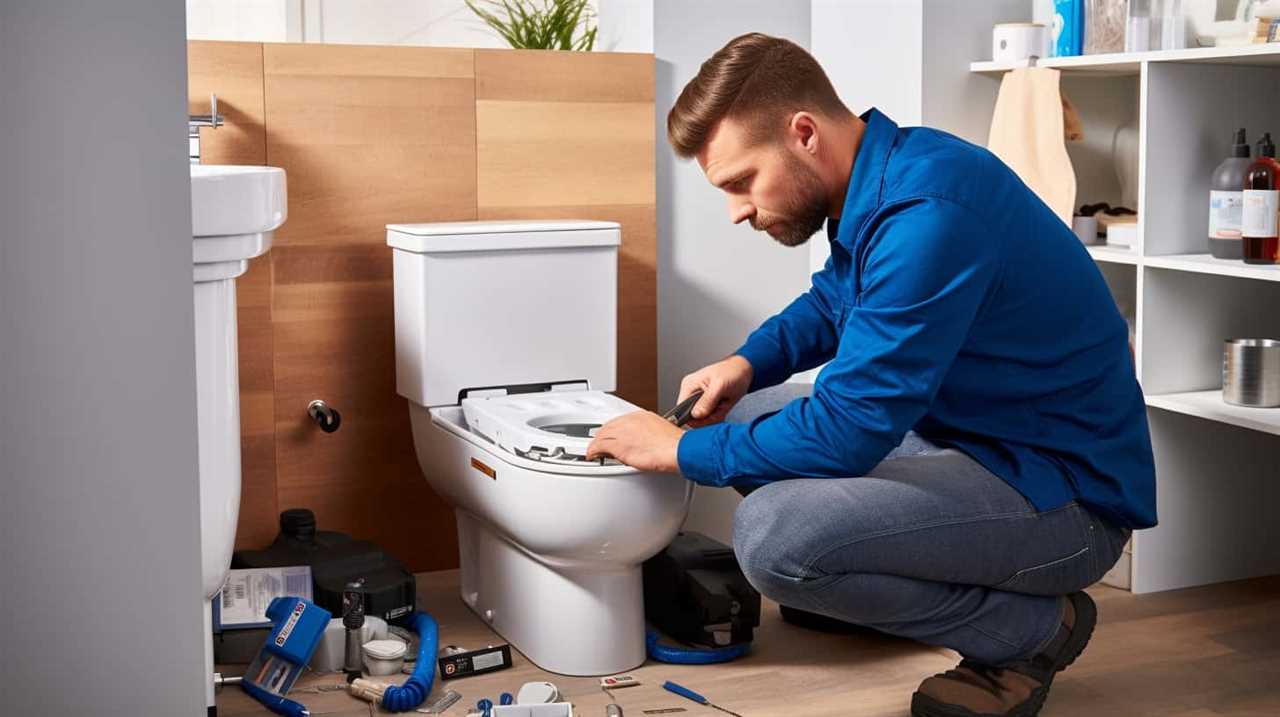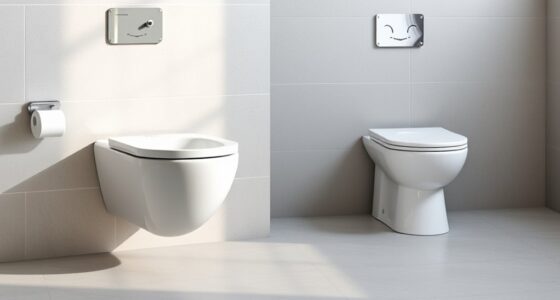Have you ever experienced the frustration of a toilet that won’t stop running? It’s like watching money go down the drain, quite literally.
But the consequences go beyond just wasted water. Our utility bills skyrocket, and we risk damaging vital components of our toilets.
Not to mention the potential for water overflow and flooding.
It’s important to understand the problems that can arise from a continuously running toilet so we can take action and avoid further complications.

Key Takeaways
- Increased water consumption and higher utility bills
- Potential damage to toilet components
- Risk of water overflow and flooding
- Increased wear and tear on the plumbing system
Increased Water Consumption and Utility Bills
If your toilet keeps running, it can lead to increased water consumption and higher utility bills for us.
When a toilet continues to run, it means that there’s a problem with the flushing mechanism. This problem can result in increased water waste, as water continuously flows into the toilet bowl and down the drain. Not only is this wasteful, but it also puts a strain on our conservation efforts.
In today’s world, where water scarcity is a growing concern, it’s crucial that we take steps to minimize water waste. Fixing a running toilet is a relatively simple task that can have significant benefits. By addressing this issue promptly, we can conserve water, reduce our environmental impact, and lower our utility bills.
Potential Damage to Toilet Components
When a toilet continues to run, it not only leads to increased water consumption and higher utility bills for us, but it can also cause potential damage to the various components of the toilet. If left unaddressed, these issues can escalate and result in costly toilet repairs.
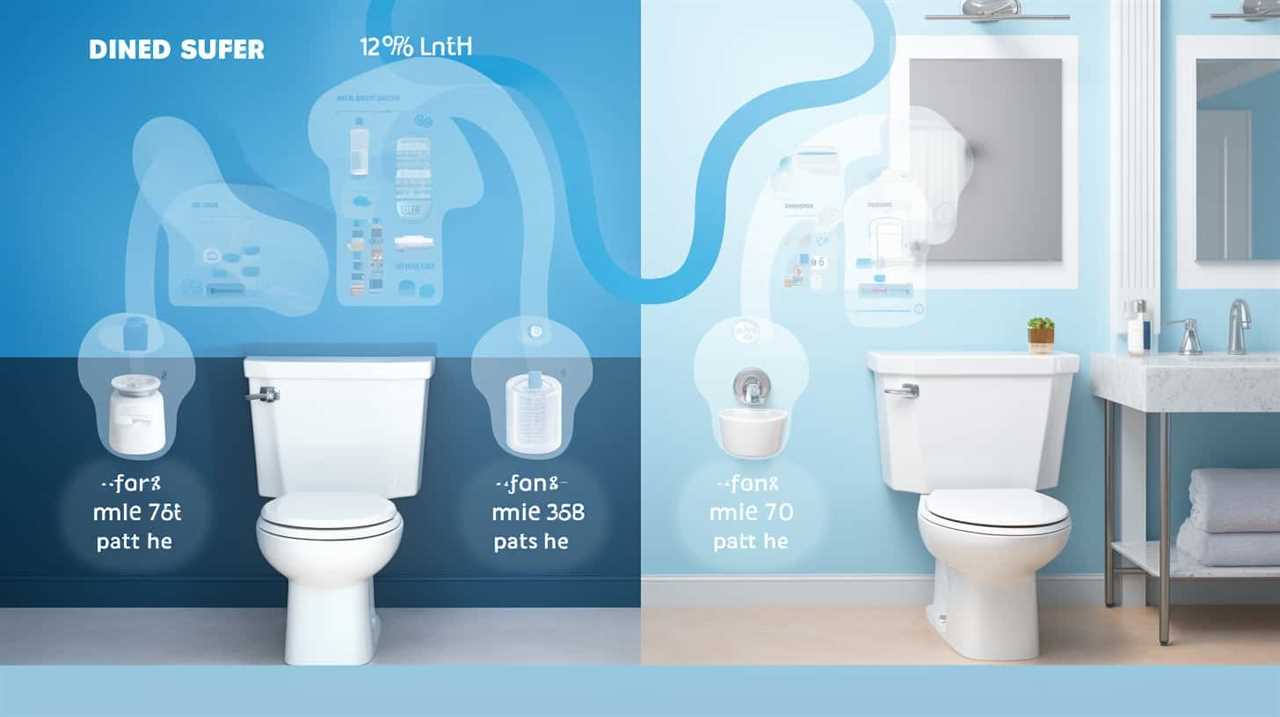
One of the most common problems caused by a running toilet is water damage. The continuous flow of water can lead to leaks, which can damage the floor, walls, and surrounding areas.
Additionally, the constant flow of water can wear down the components inside the toilet, such as the flapper valve, fill valve, and flush valve. This can result in decreased efficiency and functionality of the toilet.
Prompt toilet repair is essential to prevent further damage and maintain the proper functioning of the toilet.
Risk of Water Overflow and Flooding
Water overflow and flooding pose a significant risk when a toilet keeps running. If left unchecked, this issue can lead to severe property damage and potential health hazards.

When a toilet continuously runs, it can cause the water level in the tank to rise, eventually overflowing onto the bathroom floor. This can result in damage to the flooring, walls, and other fixtures in the vicinity.
Additionally, the continuous flow of water can create a breeding ground for mold and mildew, which can pose health risks to occupants.
It’s crucial to address a running toilet promptly to mitigate the risk of property damage and prevent potential health hazards.
Increased Wear and Tear on the Plumbing System
One consequence of a continuously running toilet is the accelerated deterioration of the plumbing system. When a toilet is constantly running, it puts excessive strain on the various components of the plumbing system, leading to increased wear and tear. The constant flow of water can cause leaks, worn-out seals, and damaged pipes. These issues can result in water damage to the surrounding areas and may require costly plumbing repairs.

To prevent such problems and ensure the longevity of your plumbing system, regular plumbing maintenance is crucial. Conducting routine inspections and addressing any toilet repair issues promptly can help prevent further damage. It’s important to check for signs of leaks, such as water stains or dampness around the toilet base, and to address any running toilet problems immediately.
Environmental Impact of Wasted Water
Toilet leaks not only result in increased wear and tear on the plumbing system, but they also have a significant environmental impact due to the wasted water. Every drop counts, especially in a world grappling with water scarcity. Water is a precious resource that needs to be conserved, and every effort should be made to minimize wastage. Let’s take a look at the environmental impact of water leakage in toilets:
| Environmental Impact | Description |
|---|---|
| Water Wastage | Leaky toilets can waste hundreds of gallons of water each day, contributing to water scarcity issues. |
| Energy Consumption | The continuous flow of water requires energy to pump and treat, leading to increased carbon emissions. |
| Habitat Disruption | Wasted water can disrupt natural ecosystems and harm aquatic life that depends on a balanced water supply. |
| Water Conservation Efforts | Conserving water through fixing leaks helps preserve this valuable resource for future generations. |
Frequently Asked Questions
Can a Continuously Running Toilet Lead to a Higher Water Bill?
Yes, a continuously running toilet can lead to a higher water bill due to the higher water consumption. This can have a negative impact on water resources and should be addressed promptly.
What Are the Potential Consequences of a Running Toilet on the Toilet’s Internal Components?
The continuous running of a toilet can have potential consequences on its internal components, leading to the need for potential repairs. Additionally, it can significantly impact water consumption, resulting in higher utility bills.
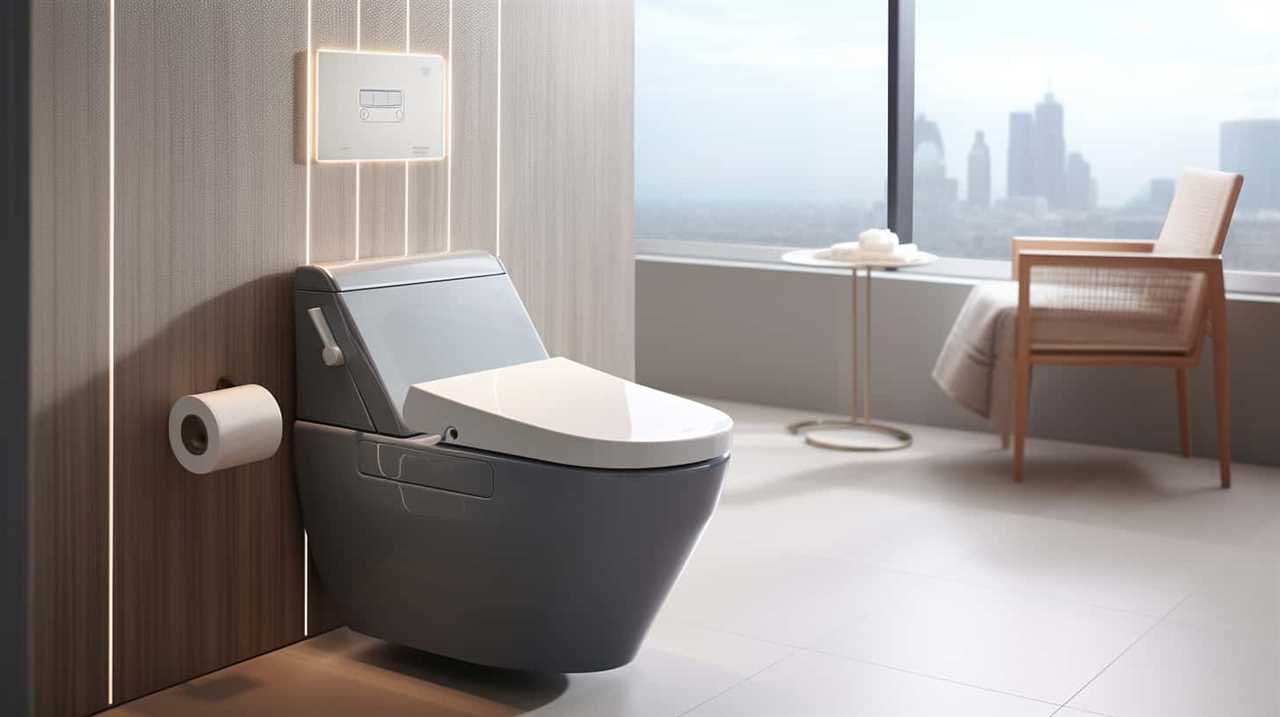
How Likely Is It for a Running Toilet to Cause Water Overflow and Flooding in the Bathroom?
It is possible for a running toilet to cause water overflow and flooding in the bathroom. To prevent this, check the flapper, adjust the chain, or replace the fill valve.
Does a Continuously Running Toilet Contribute to Additional Damage or Wear on the Plumbing System?
A continuously running toilet can lead to decreased water pressure in the long term. Additionally, it can significantly increase overall water consumption in a household. These effects highlight the importance of promptly addressing toilet issues to avoid further plumbing complications.
What Is the Environmental Impact of Wasting Water Due to a Running Toilet?
The environmental impact of wasting water due to a running toilet can be significant. It not only contributes to water scarcity but also increases water bills. Fixing a running toilet is crucial to avoid potential health risks and conserve water resources.
Conclusion
In conclusion, if your toilet keeps running, it can lead to increased water consumption and higher utility bills.

Additionally, it can cause potential damage to the toilet components and increase wear and tear on the plumbing system.
There’s also a risk of water overflow and flooding, which can be both inconvenient and costly to fix.
Moreover, the environmental impact of wasted water can’t be ignored.
So, why wait? Fix that running toilet now and save yourself from these troubles.
